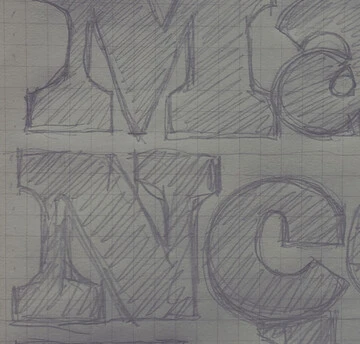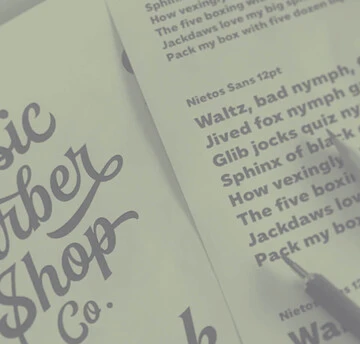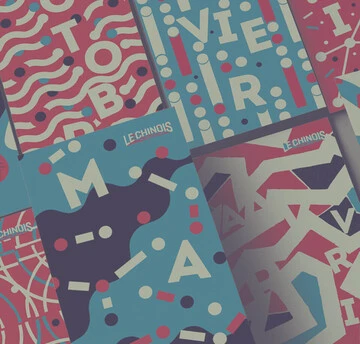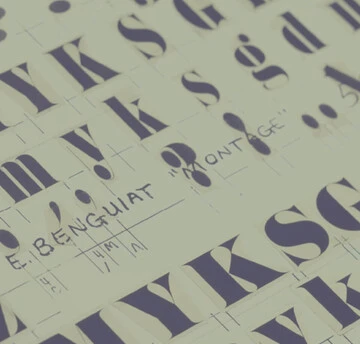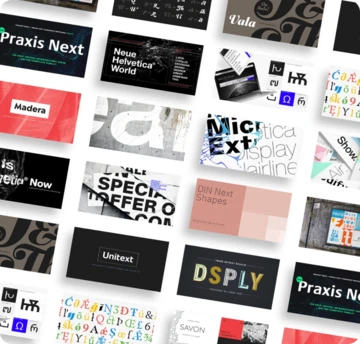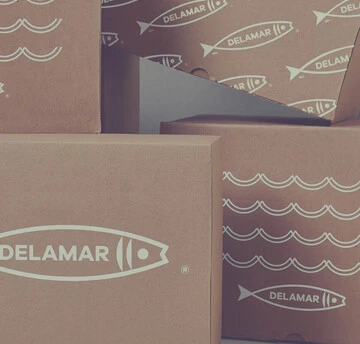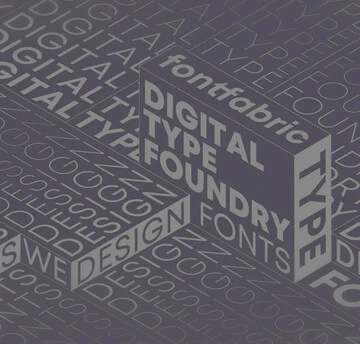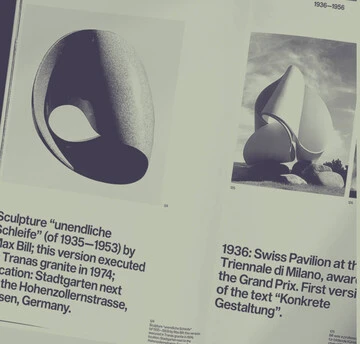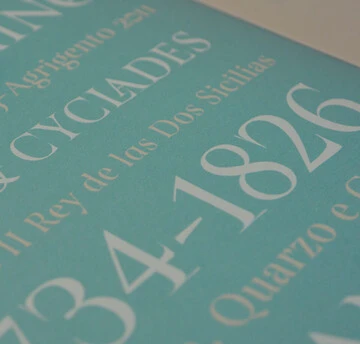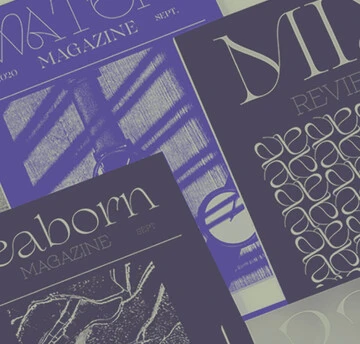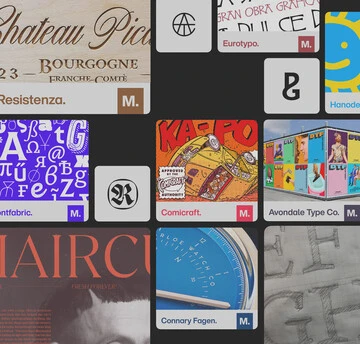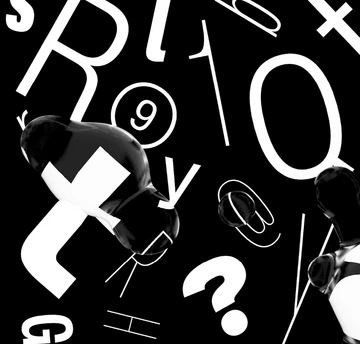Resources
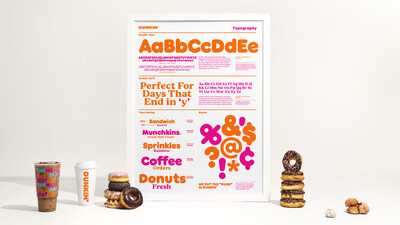
Creative Type Director, Phil Garnham, spoke with the Economist in May about the impact the pandemic has had on typography. With such an unprecedented year we've had, Phil uncovers how this period has evolved fonts to become friendlier to their audiences.
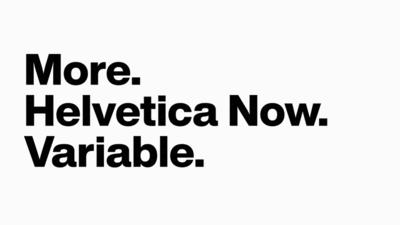
Helvetica Now Variable, new from the Monotype Studio, offers more than a million new Helvetica styles in one state-of-the-art font file, allowing you to create infinite shades of expression, incredible typographic animations, and ultra-refined typography.
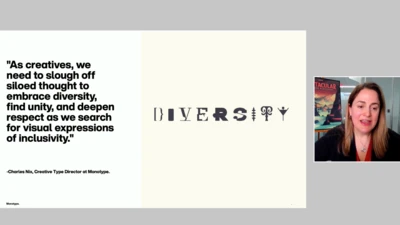
Alice Palmer, SVP Marketing, Monotype kicks off Brand Talks in March 2022.
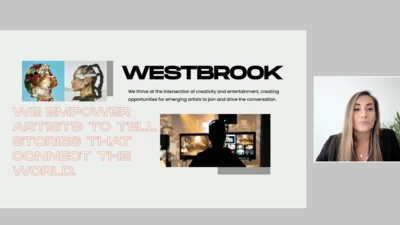
Cristina Pandol, VP Creative, Brand and Entertainment Marketing, Westbrook Media, delivers the keynote presentation at Brand Talks in March 2022.
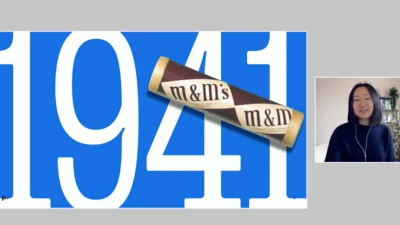
Steffi Marty, Global Director of Brand Identity & Design, Mars, is joined by Kristie Malivindi, Design Director and Lilia Quinaud, Senior Designer at Jones Knowles Ritchie to discuss the discuss the purpose, process and results from their work on the M&M'S redesign at Brand Talks in March, 2022.
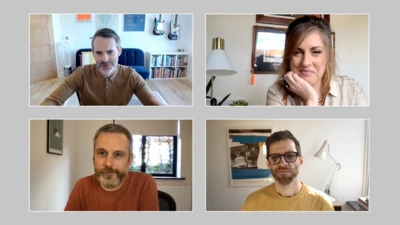
Phil Garnham, Creative Type Director at Monotype, moderates an engaging discussing with notable panelists Louise Sloper, Creative Director & Founder, Here.We.Go. Studio; Mark Wood, Senior Creative Director, Superunion; and Sam Cutler, Creative Director, Design Bridge.
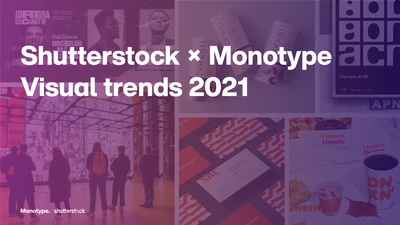
Join Monotype & Shutterstock on this live webinar and discover the trends driving branding and design today, and take a look at what’s on the horizon for 2021 and beyond.
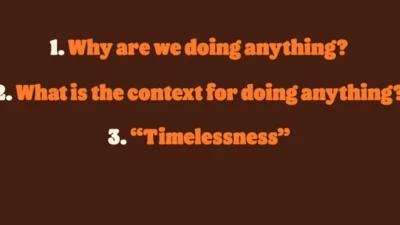
Jackie Rodríguez and Daniel Stettner, Senior Designers at Jones Knowles Ritchie, discuss the purpose, process and results from their work on the Burger King redesign at Brand Talks Connected on June 10, 2021.
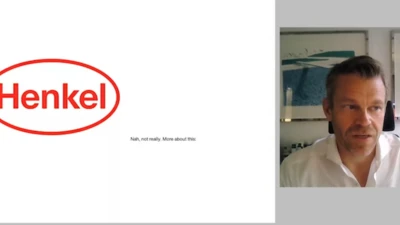
Rik Strubel, Chief Marketing Officer at Henkel Beauty Care, and Jens Grefen, Executive Director Creation, CEE at Interbrand discuss Finding True Beauty with Henkel Beauty Care at Brand Talks Connected on June 9, 2021.
